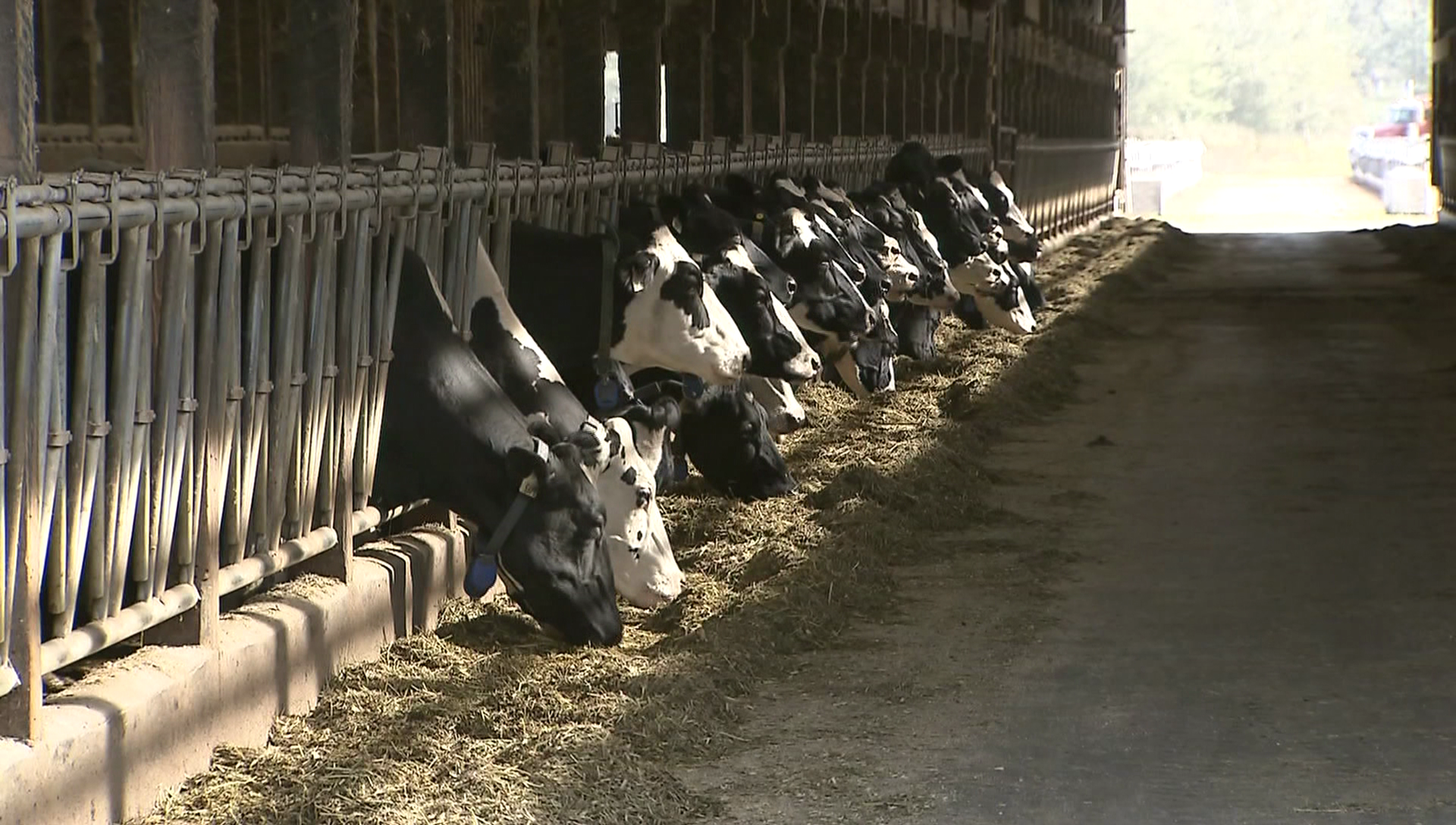 |
This is the second SDTC investment in Milk Moovement and part of a continuing collaboration intended to help the company advance its cloud-based software to connect all players in the raw milk supply chain.
Milk Moovement is a graduate of SDTC’s Seed Fund for early-stage entrepreneurs who have gained solid ground and are ready to scale up. The company used previous funding to support the development of its cloud-based software to improve the efficiency of the dairy supply chain through features like transport monitoring, production tracking, quality monitoring and route optimization, thereby reducing the carbon footprint of dairy trucks.
Milk Moovement will use the latest SDTC investment to advance its route optimization and milk quality matching initiative, employing artificial intelligence and data-enabled analysis to manage and optimize the movement of raw milk from supplier to customer.
The Government of Canada aid it is committed to investing in clean technology that lays the foundation for a stronger, greener and more sustainable economy that creates opportunities for all Canadians. The government said the investment is intended to grow the economy and support Canada’s ability to meet its 2030 climate commitments and reach net-zero greenhouse gas emissions by 2050.
“Canadian entrepreneurs are driving the innovation that is moving us towards a more sustainable and prosperous future. This investment will enable Milk Moovement to rapidly accelerate and commercialize its ideas and continues the momentum of public and private commitments to advancing clean technology and reducing global emissions,” said Leah Lawrence, president and CEO, Sustainable Development Technology Canada.
“SDTC funding will allow Milk Moovement to continue creating a more profitable, sustainable and equitable dairy supply chain by arming our clients with actionable intelligence to make informed decisions. Milk Moovement is building a dairy supply chain where cost savings and GHG emission reductions go hand in hand,” said Rob Forsythe, co-founder and CEO of Milk Moovement.
SDTC is an independent federal foundation that funds companies with the potential to become world leaders in environmental technologies and help solve some of the planet’s most pressing environmental challenges, such as climate change and polluted air, water and soil.
Since 2001, SDTC has invested more than C$1.38bn in 460 companies that have generated C$2.8bn (US$1.8bn) in annual revenues, created 16,930 jobs, brought 177 new technologies to market and reduced greenhouse gas emissions by 22.4 megatonnes of CO2 annually.
Source: dairyreporter.com





 Not long ago, I heard a news story that was shocking and perhaps a sign of the times. A large toy retailer was complaining that shipping companies are price gouging. He stated that costs to ship Christmas toys from China to the U.S. will increase by more than seven times this year.
Not long ago, I heard a news story that was shocking and perhaps a sign of the times. A large toy retailer was complaining that shipping companies are price gouging. He stated that costs to ship Christmas toys from China to the U.S. will increase by more than seven times this year.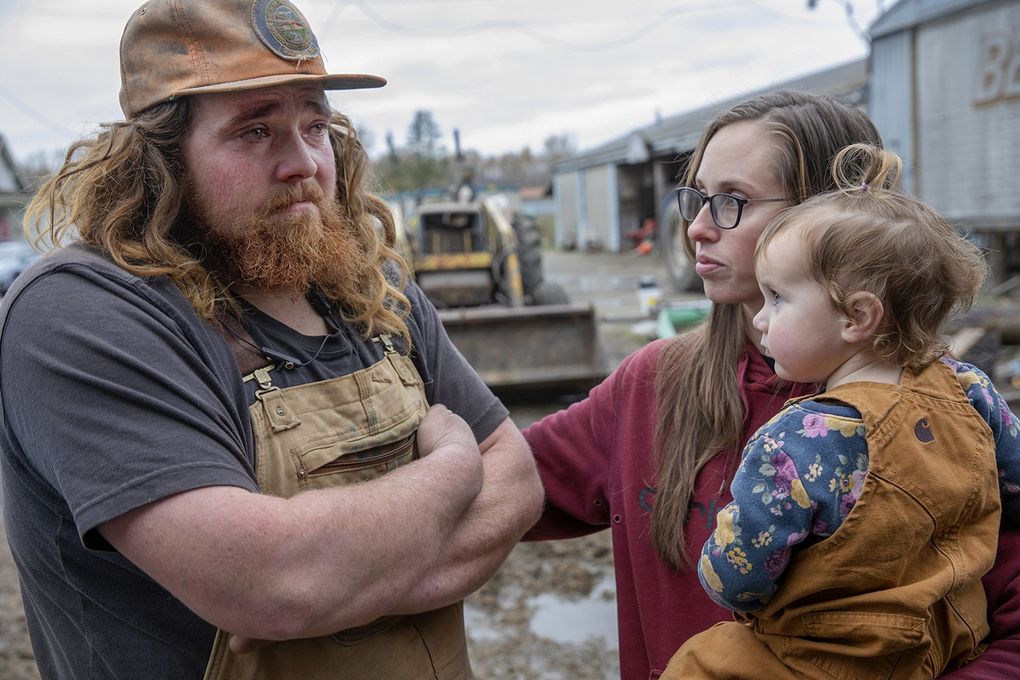
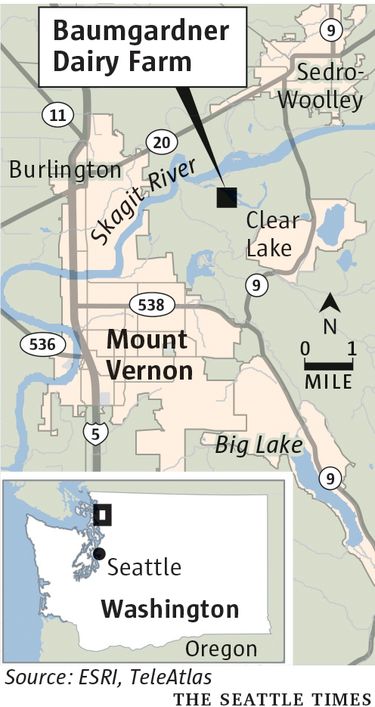

 A single European starling can eat the equivalent of half its weight daily, which equates to roughly less than 2 ounces.
A single European starling can eat the equivalent of half its weight daily, which equates to roughly less than 2 ounces.
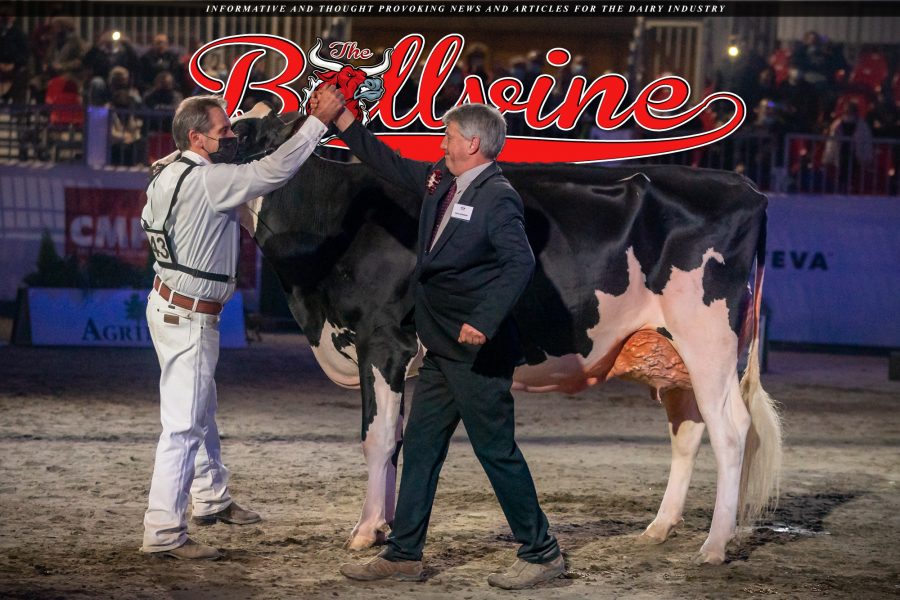
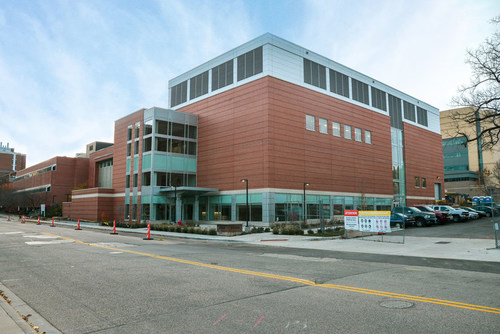 Substantial completion of the addition for the Center for Dairy Research (CDR) at the University of Wisconsin-Madison (UW-Madison) has been achieved. As a part of a four-year, $72 million, two-phase project, the completion of the addition marks a significant milestone for the University and the dairy industry.The CDR is known as one of the premier dairy food research centers in the world. With more than 30 researchers and scientists onsite, the CDR focuses on scaling down large-volume manufacturing and exploring functional, flavor and physical properties of cheese, cheese products and other milk components. The CDR significantly benefits the dairy industry, offering specialized training and short courses with over 1,400 industry personnel impacted annually.
Substantial completion of the addition for the Center for Dairy Research (CDR) at the University of Wisconsin-Madison (UW-Madison) has been achieved. As a part of a four-year, $72 million, two-phase project, the completion of the addition marks a significant milestone for the University and the dairy industry.The CDR is known as one of the premier dairy food research centers in the world. With more than 30 researchers and scientists onsite, the CDR focuses on scaling down large-volume manufacturing and exploring functional, flavor and physical properties of cheese, cheese products and other milk components. The CDR significantly benefits the dairy industry, offering specialized training and short courses with over 1,400 industry personnel impacted annually.
